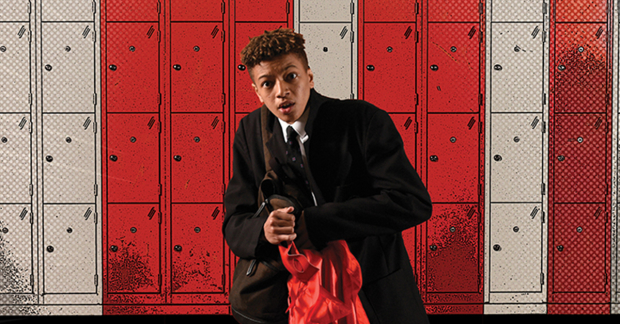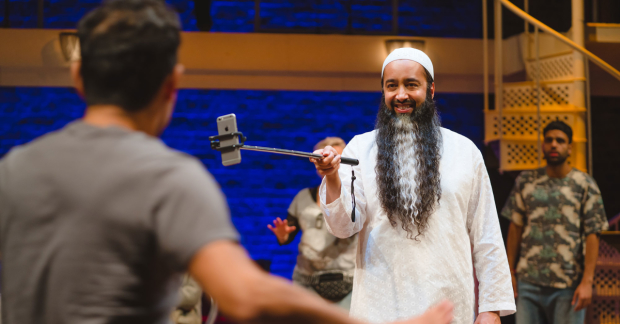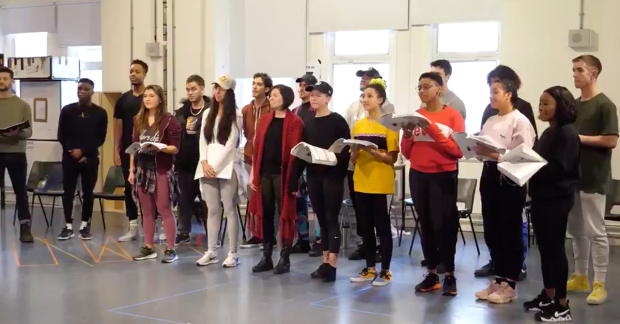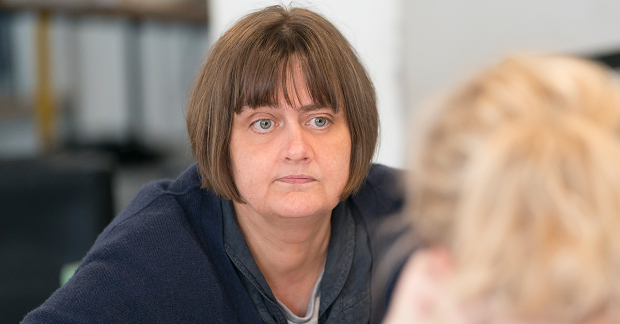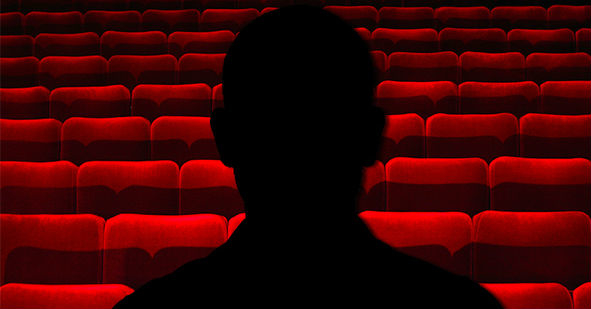Coming back from a crisis is in theatre's DNA – just look at the Royal Exchange

© Joel Fildes
"The city looks as if it has been built to withstand foul weather" – J. B. Priestley
Looking at Manchester's Royal Exchange, it can be difficult to remember a time when the theatre was not the powerhouse it is today. Transformed by Sarah Frankcom during her time as artistic director, the space is a hub for creativity with younger and more diverse audiences than at any point in its history. Most importantly, the Exchange's reputation for superb theatre remains as strong as it has ever been.
Like other venues around the country that have been forced to shut their doors, the Exchange now faces a period of uncertainty. Last week the theatre closed its stages until autumn, suspending the world premiere of Winsome Pinnock's Alfred Fagon Award-winning play Rockets and Blue Lights and the return of their acclaimed 2019 West Side Story production.
The venue is relying on the generosity of the public in these troubling times but as bleak as things appear, this is a plight that can be endured. Triumph in the face of adversity is not only ingrained in the history of Manchester but in the Royal Exchange's DNA as well.
15 June 1996 is remembered by some as the day that Paul Gascoigne sparked England's Euro 96 campaign with a wonderful goal against Scotland at Wembley but in Manchester it is recalled for different reasons. The Exchange itself had been due to open their revival of Stanley Houghton's play Hindle Wakes but events 50 metres down the road that morning would change the face of the city and its theatre.
A bomb attack carried out at 11:17 by the IRA caused around £700 million worth of damage and decimated Manchester's centre. The 1,500 kilogram device that detonated remains the largest explosion in Britain since WWII and over 200 people were injured. Being in close proximity to the bomb, the damage incurred by the Exchange was appalling – the theatre's famous glass domes were shattered and the building was flooded in the aftermath. Like many businesses within the blast radius, the venue was forced to close immediately and all creative work on site was halted.
Despite this tragedy, the theatre company was determined not to allow events that day to bring an enforced end to their existence and over the next two years, they found a temporary home in Castlefield whilst refurbishment on the building could begin. Thanks to fundraising and public generosity, as well as a £32 million pound donation from the National Lottery, the repaired venue was able to open its doors once again on 20 November 1998. Twenty nine months after it was supposed to have been staged, a performance of Hindle Wakes celebrated the opening of the new space – the Royal Exchange had miraculously survived.
The theatre currently finds itself in a different storm to twenty-odd years ago. In contrast to the very visible damage wreaked by a bomb, the coronavirus has emptied the nation's theatres without dislodging a single brick. Yet the Exchange can take great solace from how their audiences have responded to crises in the past. Resilience and defiance are needed now more than ever.
For donations to the Royal Exchange, please visit their website.



